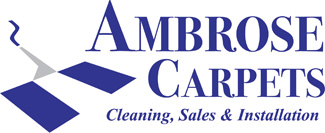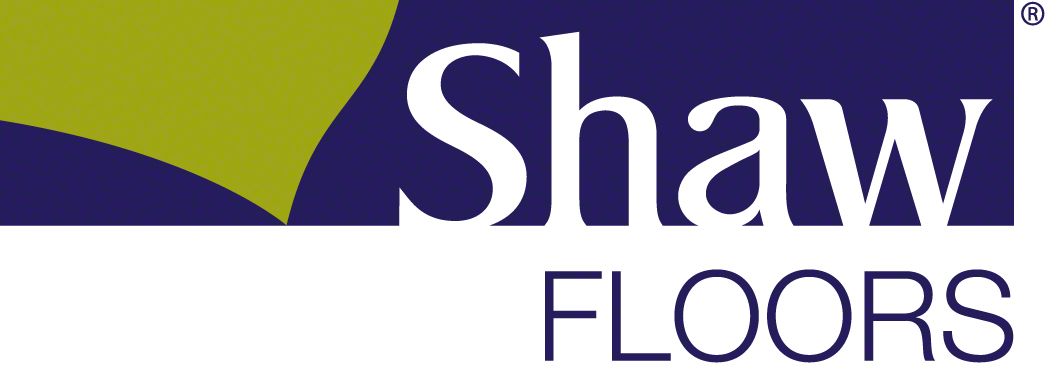Cleaning systems target the soils that result from cooking vapors, air pollution, and tracked-in dirt. The particles of oily soil deposited on carpet fibers can cause gradual but significant dulling of colors. The color isn’t lost, but is hidden under the film. If this type of soil is allowed to accumulate, it begins to attract and hold the dry soil.
How to clean carpet? Preventative Maintenance – walk-off mats placed at doorways prevent a majority of staining and soiling
- Spot and Spill Removal – prompt attention to spills will prevent a stain from setting
- Vacuuming – vacuum high-traffic areas to prevent matting
- Hot water Extraction or steam cleaning – every 18 months or more depending on the traffic in your home, will remove oils and particulates that accelerate soiling.
Get on a cleaning schedule If carpet is cleaned before it becomes too unsightly, the cleaning chore will be easier and more successful. Carpet in a typical household should be cleaned every 12 to 18 months, depending on the number of residents and amount of activity. Choosing the proper cleaning system is important. Some systems may leave residues which accelerate re-soiling and defeats the whole purpose of cleaning.
Preferred Method of cleaning by Shaw Carpets (and all other leading carpet manufacturers): Hot water extraction Research indicates that the hot water extraction system provides the best capability for cleaning. This system is commonly referred to as “steam cleaning,” although no steam is actually generated. The process consists of applying a cleaning agent into the carpet pile and using water in the extractor to recover the used solution and soil. This can be done from a truck-mounted unit outside the home with only the hose and wand brought inside or by a portable system brought into the home.
Professional advantages Professional carpet cleaners are a great choice for your floor. Their cleaning equipment has more extraction power than the rental units available to individuals, and the carpet should dry more quickly. True professionals also understand the equipment, know the proper cleaning agents for the situation at hand, and recognize the differences in fibers and carpet construction.
What about spot and stain removal? Prompt attention to spots and spills is essential. Some spilled materials will stain or discolor carpet if not removed promptly. Other spills can leave a sticky residue that may result in increased soiling if not removed.
Scrape: Remove as much of food spills as possible by scraping gently with a spoon or dull knife.
Absorb: Absorb wet spills as quickly as possible by blotting repeatedly with white paper or cloth towels.
Blot: Always blot; never rub or scrub abrasively, as a fuzzy area may result. When blotting, work from the outer edge in toward the center of the spot to avoid spreading the spill.
Weight: Remove remaining moisture by placing several layers of white towels over the spot and weigh them down with a heavy object that will not transfer color, such as a plastic jug of water. The majority of stain complaints are actually soil related. For example, many sugar-based spills, such as soft drinks and coffee, leave a sugar residue after removal. This sticky residue readily attracts soil from ordinary shoe traffic, and the resulting discolored area appears to be a stain.
The same thing happens when spills are cleaned with a detergent solution and the area is not sufficiently rinsed with plain water, leaving a sticky detergent residue. It is important to rinse thoroughly with water and blot dry after removing any spill.
You will want to reference the manufacturer’s warranty for specific care requirements.
Authorized Dealer of the following brands. (Click logo to visit website)




